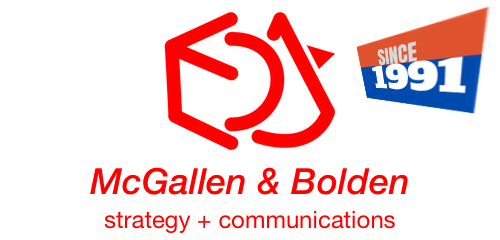The basics of management are often supplanted by “sexier” jargon, ideologies, or fads, especially in the 21st century. However, are the basics dead? No. The simplest ideas are sometimes the litmus test for leadership and management.
When Kenneth Andrews, Roland Christensen, William Guth and Edmund Learned from Harvard Business School penned the concept of SWOT in their “Business Policy – Text and Cases” book in 1965, they probably didn’t imagine the SWOT analysis would become the grandfather of business critique and analysis for decades thereafter, spawning many parallels and offshoots.
SWOT can work for all entities
Although no longer the flavor of the month, SWOT (strengths, weaknesses, opportunities, and threats) are still 100% relevant today, providing the simplest way to examine organizations, operations, and even people.
What are the organizations you can easily run a SWOT analysis on?
- Businesses (large, medium-sized, startup)
- Non-profits, NGOs (non-government organizations)
- Governments (agencies)
- People (employees, for evaluation for suitability, promotion, etc)
- Processes (workflow)
Never buy or commit on persuasion
As a PR and communications practitioner who also teaches and manages crisis management and communication for clients, we know that narratives can shape perceptions and in turn shape decisions (whether that be purchases, votes, or employment).
And so, as with ANY smart and wise decision, we must always avail ourselves to as much information and data as possible. We should never make a decision simply because someone says it persuasively – that is naive.
How do evaluate an entity
So, when you evaluate an entity, whether that be a large or small business, a charity, a government, potential and existing employees, or your processes, pin the SWOT grid down on it, and determine not only what its blatantly obvious persuasions (aka “strengths”) are, but also its Weaknesses, Threats, and Opportunities. Weaknesses can be chronic, emerging, or transient, and should be evaluated appropriately if you commit to a decision. Likewise, Threats can be persistent or minor, and should shape part of your decision. And lastly, don’t forget Opportunities in your decision. If the list of Opportunities are lightweight and few, you may not have a long comfortable runway for this entity going forward.
Whether you are choosing to buy from a business, to vote a government, to donate to a charity, to promote or keep an employee, or to tweak a workflow or process, don’t overlook how simple and easy it is to use a simple SWOT analysis to help your decision-making.

Dr Seamus Phan – Global C-suite Publicist & Strategist (Biochemist, Cybersecurity & Webdev pioneer, Author, Journalist) with 37 years of professional field experience.




